Safer, Smarter, Cleaner: The Rise of Thorium Reactors - China shows the way ahead


Sources: www.dailymail.co.uk, edition.cnn.com
Want to read more like this story?
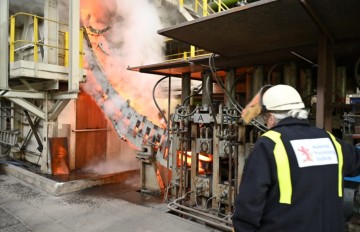
A Steel Solution to Power Fusion Energy’s Bright Future
Jan, 12, 2025 | NewsA groundbreaking material has been developed to support the future of nuclear fusion energy, addres...

Japan inaugurates world’s largest nuclear fusion reactor
Dec, 01, 2023 | NewsThe world’s largest nuclear fusion reactor was inaugurated in Japan on the first of December, marki...
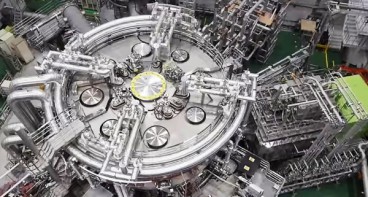
Scientists are trying to make nuclear fusion a viable alternative energy source to fossil fuels
Oct, 04, 2017 | NewsIf they can manage to control the reaction safely, it will be a big step forward for a clean, safe,...
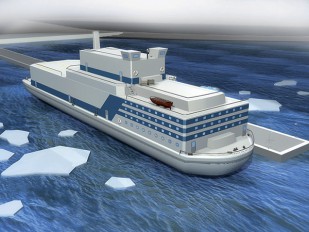
First-ever floating nuclear power plant is under construction in Russia
Oct, 19, 2016 | NewsThe plant is set to start providing power and heat to the country’s remote northern regions by...

Nuclear Progress: Hinkley Point C Marks Reactor Installation Milestone
Dec, 04, 2024 | NewsThe Hinkley Point C nuclear power plant in Somerset, England, has reached a significant milestone w...

Europe’s most powerful nuclear reactor goes into service in Finland
Apr, 16, 2023 | NewsOlkiluoto 3, Europe’s most powerful nuclear reactor by production capacity went into service on Sun...

Securing Energy Supply Through Standardised Nuclear Construction
Aug, 24, 2025 | NewsBritain is advancing its nuclear programme with Sizewell C in Suffolk, designed as a near-identical...

Fast-Track Nuclear: How the UK–US Partnership Accelerates SMRs and Microreactors
Sep, 20, 2025 | NewsThe Atlantic Partnership for Advanced Nuclear Energy outlines closer UK–US collaboration to deploy...
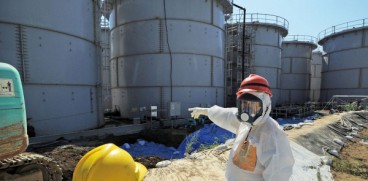
Fukushima’s reactors cleanup still has a long way to go
Mar, 17, 2016 | NewsFour decades or even more may be needed for the removal of nuclear fuel from the facility Four de...
Trending

Taipei 101’s impressive tuned mass damper
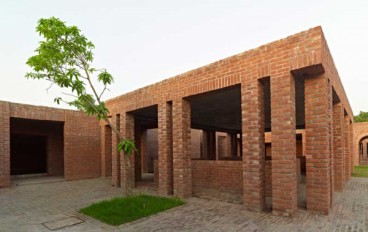
Characteristics of Load Bearing Masonry Construction

Morocco Implements Landmark Dam Perforation to Combat Water Stress in Marrakech
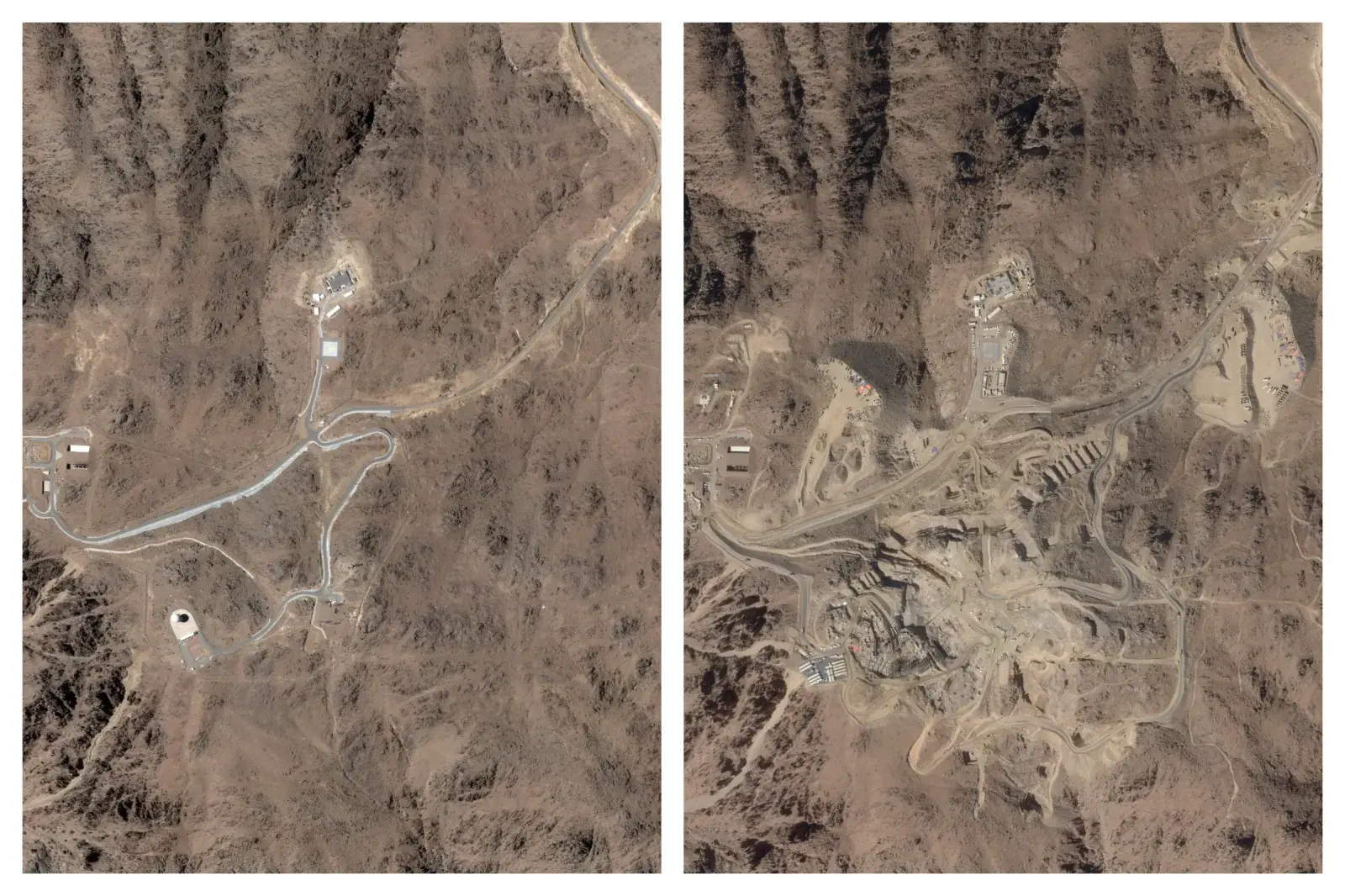
The Line at Neom faces feasibility reassessment while construction continues
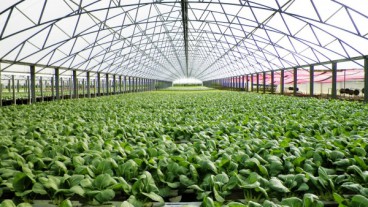
Dutch greenhouses have revolutionized modern farming

Suspension bridge buckles under force of deadly super typhoon in Philippines


